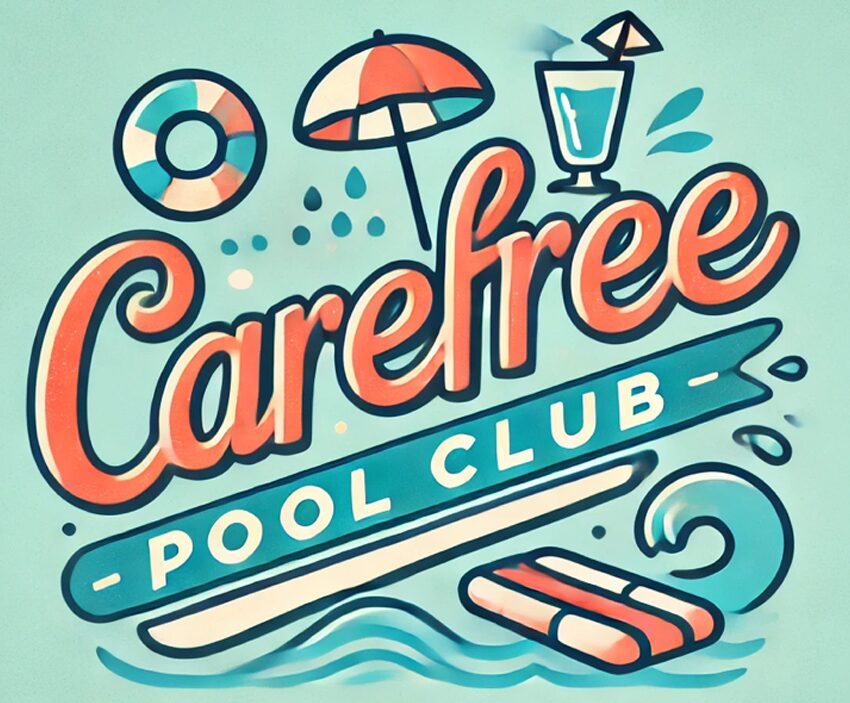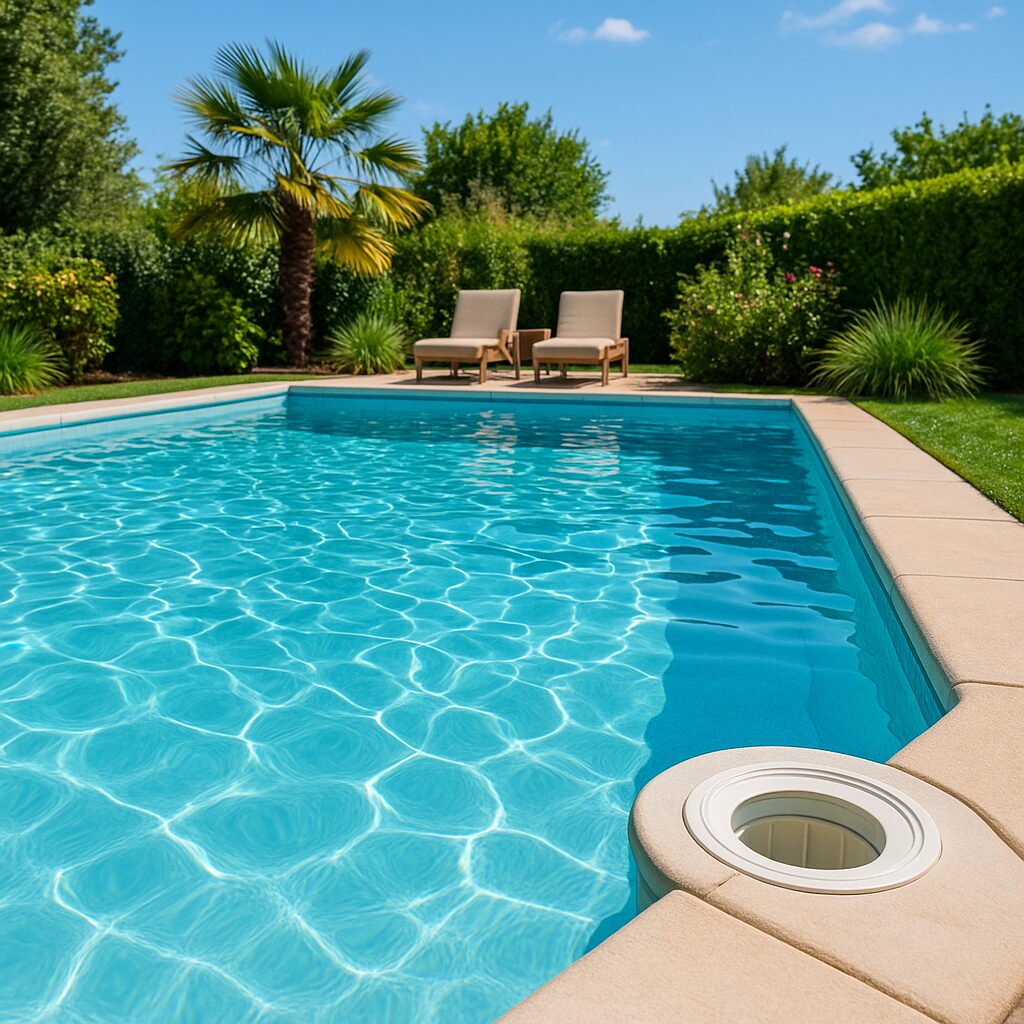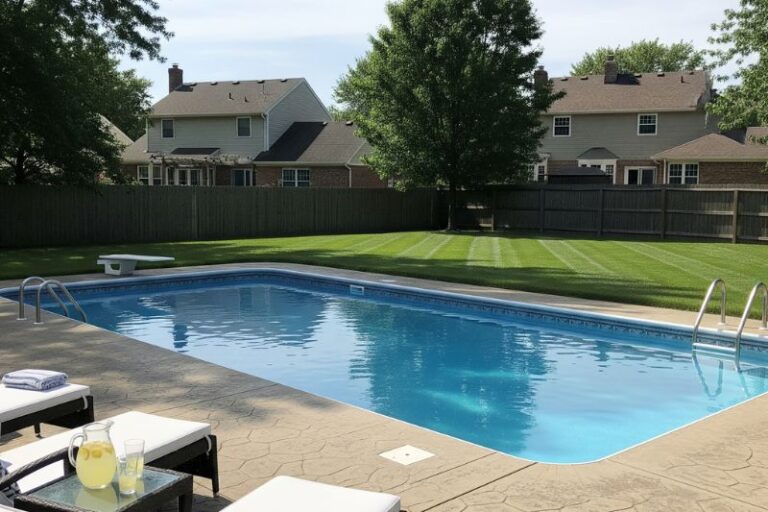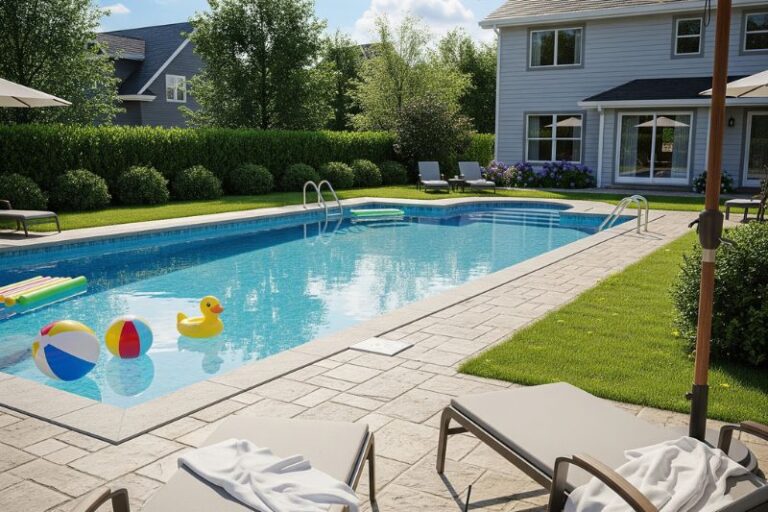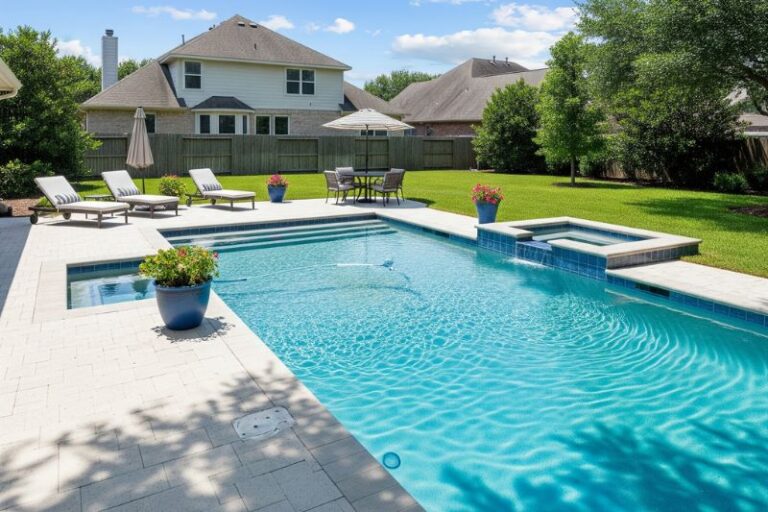You waited all winter for this moment. You peeled off the cover with a sense of anticipation, maybe even pride. But instead of the sparkling water you dreamed about, you were hit with a stench that could knock out a raccoon and water so green it looked photoshopped.
Welcome to pool opening season. And unfortunately, this is what most pool openings actually look like.
Here’s the hard truth: if your pool looks like a biological experiment, it’s not bad luck. It’s just what happens when still water, time, and sunlight throw a party without you.
You waited too long to open it
The number one mistake pool owners make is procrastination. Just because it’s cold outside doesn’t mean nothing is happening under that cover. Algae doesn’t check the calendar. As soon as the weather warms even slightly, the water turns into a breeding ground. And by the time you finally get around to opening it, it’s alive.
The fix? Open your pool early in the season, ideally when daytime temps are regularly above 60°F. You don’t have to swim yet, but you’ll beat the algae and avoid that swampy welcome.
You forgot your pool is not a plug-and-play appliance
You can’t just toss in some shock and expect miracles. Your pool needs prep. It needs love. If you didn’t inspect your equipment first, prime the pump, or check for winter damage, then yeah — it’s going to rebel.
Before you even look at chemicals, inspect your gear. Is the pump actually pulling water? Is the filter clean or is it still filled with last year’s regrets? Did a raccoon chew on your plumbing? You laugh, but it happens.
You ran the pump for a couple hours and called it good
The biggest myth in pool ownership is that the pump only needs to run “for a bit.” After a long winter, your water needs to circulate. Think of it like the first workout after a lazy holiday season — it’s going to take some time to get moving again.
You should be running the pump continuously for at least 24 to 48 hours after shocking the pool. Not a few hours here and there. All day. All night.
You went full chemical chaos
Some pool owners see cloudy green water and go full panic mode. You start throwing in shock, algaecide, clarifier, phosphate remover, and maybe some baking soda your uncle told you works like magic.
That’s not science. That’s soup.
Too many chemicals at once can actually stall your progress. Let your first treatment run its course. Test the water. Wait. Then reassess. More is not always better. More is usually just more expensive.
How to get back on track
- Remove debris from the water first. Big stuff like leaves will mess with your chemistry and clog your filter.
- Prime your pump and make sure it is circulating properly.
- Backwash or clean your filter before adding anything.
- Test the water before adding chemicals.
- Shock the pool with the correct dose based on volume and chlorine levels.
- Run the pump nonstop for 24 to 48 hours.
- Brush the walls and floor like you mean it.
- Retest, then only add additional products if needed.
Your pool didn’t betray you. You just skipped a few steps. The good news is that water is forgiving. With the right circulation, filtration, and patience, your pool can go from frog pond to family fun zone in just a few days. But only if you stop winging it.
Before you dive into cleanup, check out our Pool Opening Tips and Equipment Guide for the tools that make the job easier.
